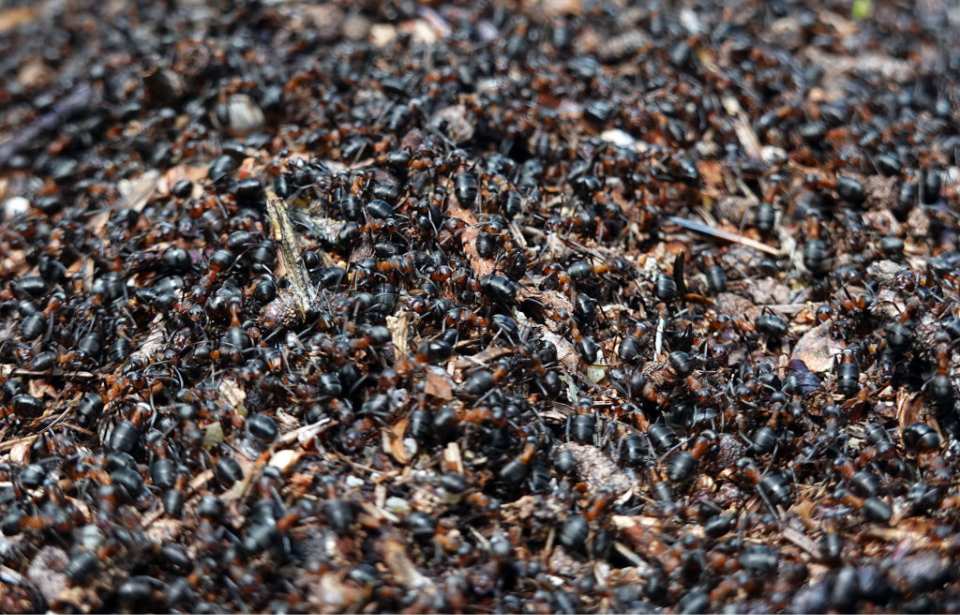There are a number of abandoned Soviet-era bunkers located across Eastern Europe. While the majority were left empty, without anything terribly impressive to come across, one in Templewo contained a remarkable discovery that forever changed how scientists and the public view one of the smallest creatures on earth: wood ants.
Abandoned Cold War-era bunker in Poland
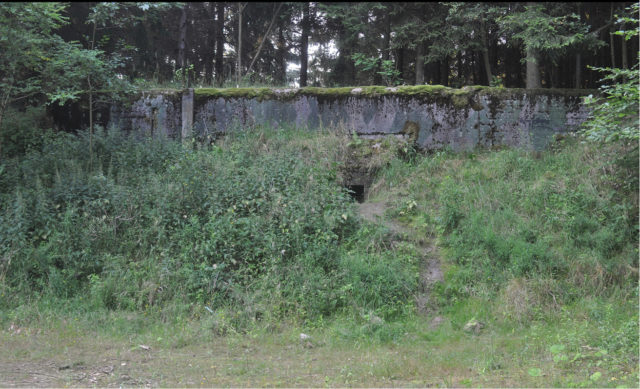
Before one can dive into the incredible (and unusual) discovery made by the group of scientists in western Poland, the scene first needs to be set. They were exploring an abandoned Cold War-era bunker in Templewo, located near the German border. Known as Special Object 3003 Templewo, it was used by the Soviet military from the late 1960s to 1992 to house nuclear weapons.
The primary appeal for the area was that the bunker could be built below ground, allowing it to be hidden among a crop of trees that were later planted around it. After it was abandoned, foliage and forest life slowly crept within, and it eventually became home to a host of different creatures.
Scientists make an unusual discovery
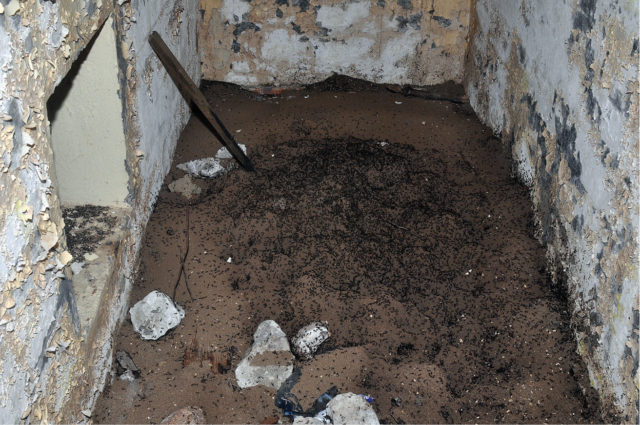
In 2013, a group of scientists from the Polish Academy of Sciences, led by zoologist Wojciech Czechowski, traveled to the bunker in Templewo to observe a colony of bats they’d been studying. Despite it being illegal to enter, the team made their way into the structure and came across something they weren’t expecting: millions of wood ants.
An investigation of the bunker found the insects had built their nest within a vertical ventilation pipe. While it had once been an operational part of the site, decades of neglect following the collapse of the Soviet Union had led the pipe to rust, creating a hole through which the ants continued to fall.
Given that the pipe opened into the chamber below from the ceiling, the ants that fell from it were unable to climb back up. Separated from their colony, they built their own nest on the cold floor. However, this raised a question among the scientists: how were they surviving, given the barren nature of the bunker’s interior?
Questions arise regarding the ants’ survival
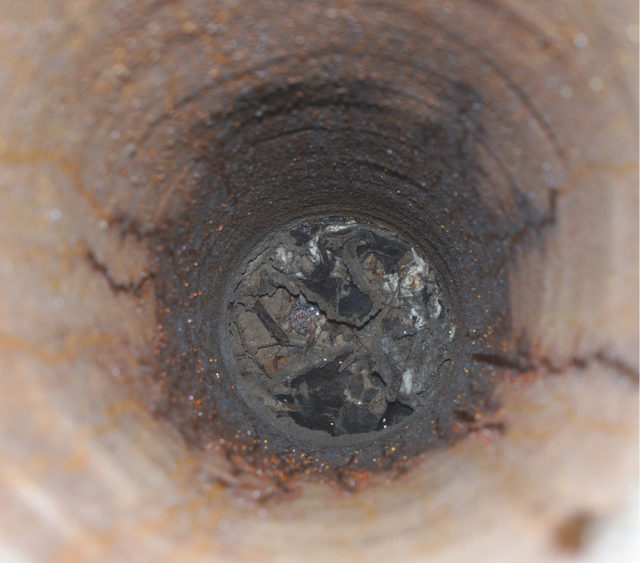
While some people might not question the ants living at the bottom of the bunker, the group of scientists was confused as to just how they were surviving. Not only was the structure cold and barren, the ants were all female. There were no males with which to reproduce, and there was no queen, as she was still living in the colony in the rusted pipe.
When the ants were more closely examined, they were found to be living in a state of near starvation. While they wouldn’t have typically branched off to start their own colony, especially without a queen, they had no choice but to do so in order to survive. As Live Science explains, “They were merely surviving and continuing their social tasks on the conditions set by the extreme environment.”
An astonishing realization upon returning to the bunker
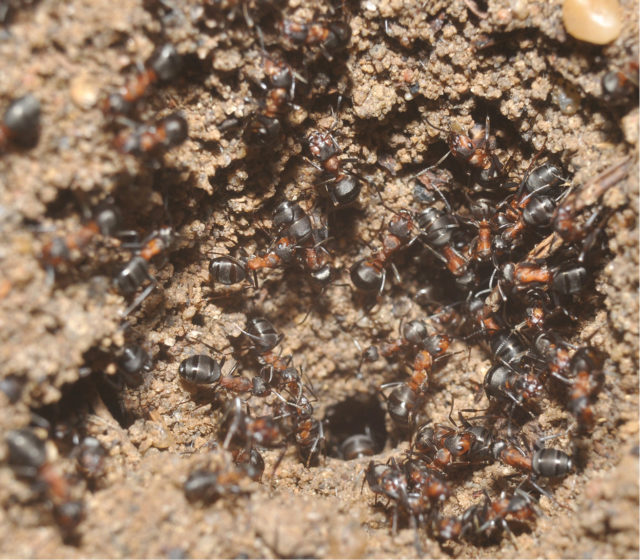
Assuming the ants would die out, the Polish scientists left the bunker. Their curiosity getting the better of them, they returned two years later, and what they found shocked and astonished them. Not only had the ants not died off, their numbers had doubled and showed no signs of slowing down.
Again, the group was confused. There were no signs of food or water in the bunker, so just how had the ants survived all this time? The answer: they were cannibalizing themselves.
As it turns out, they’d turned to eating their own for sustenance, as shown by bite marks on the stomachs of both the deceased and living ants. It was suspected they’d begun taking bites out of one another’s abdomens because they felt the stomachs’ contents belonged to the colony as a whole.
As it turns out, wood ants are more likely to share their own resources with each other than any other species in the world.
Changing our understanding of ant behavior
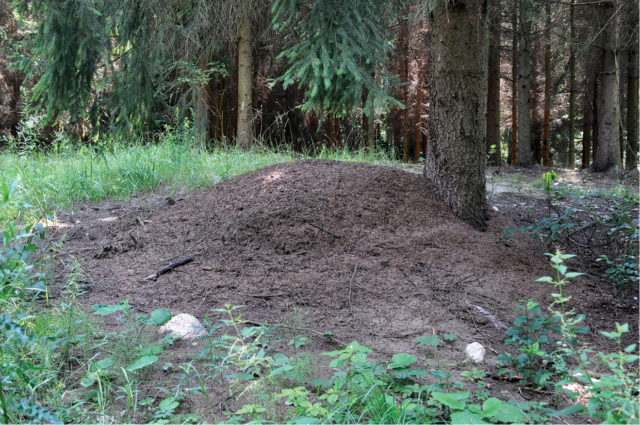
This discovery was something unexpected and has since changed how scientists view ant behavior. Following their second visit, the group wrote a study, which was later published in the Journal of Hymenoptera Research. In it, they wrote the findings “add a dimension to the great adaptive ability of ants to marginal habitats and suboptimal conditions, as the key to understanding their unquestionable eco-evolutionary success.”
More from us: Point Nemo: Is The Most Remote Place on Earth Home to an Unknown Monster?
At the end of their second visit, the scientists installed a wooden beam that extended from the floor of the bunker to the rusted pipe. When they returned the following year, they found that the ants had taken advantage of the makeshift walkway and “almost deserted” the secondary colony – what they’d wanted all along was to reunite their with initial home.
